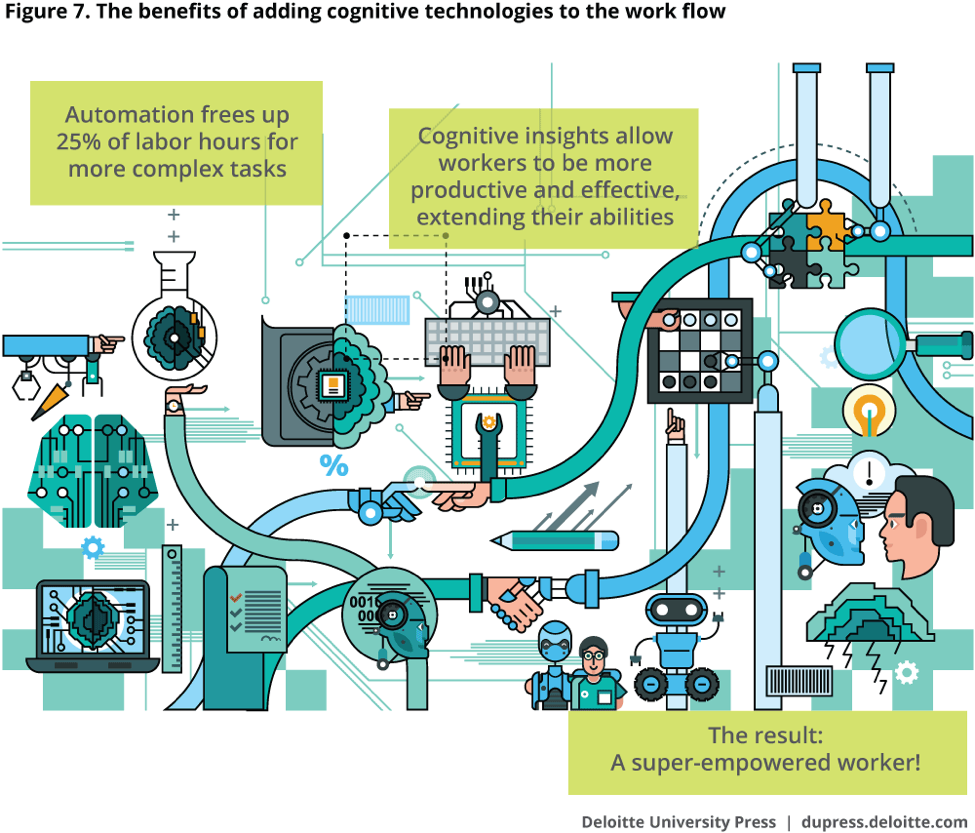9 Translation Errors to Avoid in Your Next Localization Project

Many companies don’t think too much about translation - until it goes wrong.
#Translationfails can make us chuckle, especially when we’re traveling and notice small mistakes on signs or menus. But translation errors for company campaigns can be costly. HSBC Bank famously spent $10 million in rebranding after their tagline “Assume Nothing” was mistakenly translated to “Do Nothing” globally.
While translation mistakes won’t typically ruin your business, they can impact your reputation. Here are some common #translationfails to avoid if your company needs translation services for your next project.
Far Too Literal
Translations that are too literal will sound clunky at best and appalling at worst. Taglines are especially prone to poor literal translations. Some famous blunders include:
- Pepsi’s slogan "Pepsi brings you back to life” translated to Chinese as "Pepsi brings dead ancestors back from the grave".
- “Schweppes Tonic Water” translated to Italian as “Schweppes Toilet Water”.
- Coors’ tagline “Turn it loose” translated to Spanish as “Suffers from diarrhea".
As you can imagine, these #translationfails were a turnoff for customers, who were both confused and, in some cases, offended. Big mistakes like these can easily make customers feel like they aren't valued, resulting in lower sales and less brand loyalty.
Lack of Cultural Nuance
Sometimes translation will be grammatically correct, but miss out on key linguistic information. This happens when translators don’t have the cultural know-how to identify the mistake. For example, some big-name translation errors include:
- Electrolux used the slogan “Nothing sucks like an Electrolux” for their English market - yikes!
- Ikea product names are notorious for translation hiccups. The “Fartfull workbench” comes from the Swedish word meaning “fast", but tends to generate laughs in English.
- Starbucks’s “Gingerbread Latte” in German kept the word “latte” like they do in English. But while “latte” is understood as milk for English and Italian speakers, it’s German counterpart is slang for something a bit more explicit.
While technically correct, these translations didn't work for their target markets because of dual meanings or lack of resonance.
Incorrect (or Misinterpreted) Tone
Translation can also go wrong when it’s done with the wrong tone or style. This famously happened when a financial article from the China News Service was translated to English, causing the U.S. dollar to drop in value. While the original article was a casual financial overview, the English translation was authoritative and non-speculative, giving readers the very wrong impression. The translation may have been well-written, but it didn’t capture the original style - with disastrous results.
Relying on In-Browser Translation
(Source: Sonya Dowsett)
Automatic, in-browser translation is what many web browsers offer as a way to help serve on-page content translations. While it sounds great in theory, only relying on that can result in major errors.
Recently, the Spanish Ministry of Industry website auto-translated a staff member named “Dolores del Campo” as “Pain of field.” Of course, this website isn’t the only offender out there. Nowadays, automatic machine translation errors are becoming a normal - yet frustrating - part of our online world. While it can be a way to cut costs, it's not a good user experience and puts faith into systems that aren't designed to serve as a robust solution for localization.
Culturally Inappropriate Images
Images, visuals, icons, and emojis should always be selected with the target market in mind. A famous localization error with images occurred back when Procter & Gamble started selling its Pampers diapers in Japan and kept the image of a stork delivering a baby on the packaging. However, Japanese parents were confused - since the tale of the stork doesn’t exist in Japan, that image didn't quite translate.
Not Incorporating User Research
Translation goes hand-in-hand with researching your target locale. Your company should understand its markets thoroughly before launching new campaigns for any new regions. This includes local customs, social conventions, user behavior, and technology usage.
For example, Pepsodent struggled with sales in Southeast Asia under its tagline “Whitens your teeth”. That’s because they didn’t do the necessary market research. Later, they found out that some regions have the social custom of chewing betel nuts to blacken their teeth - quite the opposite effect.
Not Identifying Regional Variations
Language is extraordinarily diverse and can vary from place to place. This is especially true for languages with huge numbers of speakers across geographic regions, such as Spanish and Arabic. It’s important to find translators that specialize in your target market, otherwise the regional translation may miss key vocabulary or linguistic norms.
When advertising leather seats in Mexico, American Airlines used the slogan “Fly in leather” as “Vuela en cuero” - which in some Spanish-speaking regions means to fly naked! While this meaning isn’t common in Latin American countries, it was definitely a gaff with Mexican customers. This is just one example of how not spotting regional variations can get you in trouble.
Using Novice Translators
Companies sometimes try to cut costs by having bilingual employees translate materials. In general, this is a bad idea. Language ability isn’t the same as translation ability, and it can quickly go wrong.
Parker Pen made this big oops when they translated the slogan for their pens - “It won’t leak in your pocket and embarrass you” into Spanish as “It won’t leak in your pocket and impregnate you”. This basic mistake between “embarrass” and “embarazar” is something that any professional translator would notice immediately. Working with partners that utilize professional translators is a must, especially for high-visibility content.
Not Proofreading
Yup, #translationfails can even happen on top journalism sites. NPR made a mistake on their 2018 headline about the “Year of the Woman”, which they accidentally translated into Spanish as “El ano de la mujer". They missed the tilde symbol (~) over the “n” and instead wrote the Spanish word for rear-end. Little mistakes like this are often the result of not proofreading and having the translation checked by a professional translator.
• • •
Ultimately, translation is a vital part of your company’s next global campaign. By allowing time to professionally create and review translations, you’ll avoid some of these pitfalls of #translationfalls.
In the long run, high-quality translation could save your company time and money, keep your brand reputation intact, and wow your customers.


